Knowing how to light a pilot light could be helpful if you own a gas appliance. Appliances fueled by natural gas are prevalent in the United States. According to the American Gas Association, roughly 187 million citizens and 5.5 million businesses rely on natural gas. Some gas appliances utilize pilot lights that occasionally extinguish.
Pilot lights were standard on gas furnaces and other appliances manufactured before the 1990s. Today, many gas appliance manufacturers forgo pilot lights and use electronic ignitions, which are more efficient and safer. Still, some gas furnaces, water heaters, and fireplaces utilize pilot lights.
Although pilot lights are supposed to burn continuously, they sometimes go out due to thermocouple issues, clogged pilot orifices, or poor appliance locations. An appliance becomes inoperable when the pilot goes out, but luckily, even an amateur can learn to relight a pilot light.
What is a Pilot Light?
A pilot light is a blue, gas-fueled flame that constantly burns inside gas-heating appliances. Some gas furnaces, water heaters, and fireplaces utilize pilot lights to ignite the gas and operate the device. The pilot must be burning to initiate heating.
In a gas furnace, the furnace pilot light ignites natural gas or propane in the furnace’s burner at the beginning of a heating cycle. The burner heats the air coming into the furnace, and the fan distributes the warm air to the home. If the pilot goes out, the burners won’t ignite, and the furnace won’t heat up.
How to Light Pilot Light on Furnace
Many types of furnaces are used for heating. Gas furnaces are the most prevalent. According to the U.S. Energy Information Administration, approximately 50% of U.S. homes depend on natural gas for heating. If your gas furnace suddenly stops heating, its pilot light might have gone out.
The steps for how to relight a pilot light on a furnace are easy enough for an untrained person to complete, but it’s recommended that anyone apprehensive about performing these actions hire a professional.
1. Gather Tools and Read the Manufacturer’s Instructions.
You’ll need a flashlight and possibly a screwdriver or other tool to remove the furnace access panel. You’ll also need something to light the pilot if your furnace doesn’t have an automatic ignition, preferably a long barbecue lighter or fireplace match. A tightly rolled-up piece of paper will do in a pinch.
Find and read the furnace’s lighting instructions. Furnaces frequently have labels with lighting instructions pasted on them. The owner’s manual has instructions as well.
2. Turn off the Furnace and the Gas Valve.
Turn off the furnace’s power with the nearby switch that resembles a light switch. Remove the furnace’s access panel. Follow the main gas line into the furnace to locate the box-shaped gas valve. Turn the valve’s knob to the “off” position. Wait five minutes for any residual gas to dissipate and for the furnace to cool before lighting the pilot. Built-up gas is an explosion risk.
3. Locate the Pilot Tube.
The pilot tube is smaller than the gas line and runs from the gas valve to the burner. Use the flashlight to locate the nozzle on the end of the pilot. Get the lighter or match ready if you don’t have an automatic pilot.
4. Light the Pilot.
Turn the knob on the gas valve to “pilot.” Press and hold the red reset button to ignite an automatic pilot. If the pilot doesn’t light or if your pilot must be manually ignited with a lighter or match, hold the reset button or depress the valve knob, depending on the furnace model. While pushing the button, bring the lighter or match to the end of the pilot nozzle. Continue pressing the reset button for thirty seconds after the pilot lights to maintain gas flow and ensure the thermocouple heats up enough to open the main gas valve.
5. Turn On the Gas, Replace the Panel, and Turn On the Furnace.
When the pilot stays lit, gently release the reset button and turn the gas valve knob to “on.” Replace the access panel, and turn on the furnace switch. If necessary, increase the thermostat’s temperature setting to get the furnace to kick on. The burners should ignite. If they don’t ignite, the thermocouple might not have heated up enough. Repeat the procedure, holding the reset button for forty-five to sixty seconds after lighting the pilot.
How to Light a Pilot Light on a Water Heater
Gas water heaters burn natural gas to heat the water inside the tanks. If cold water comes from your hot water tap, your water heater’s pilot light might have gone out. There are five simple steps to relight your water heater’s pilot light.
1. Gather Tools and Read the Manufacturer's Instructions.
You will need a flashlight and a long barbecue lighter or fireplace match if your pilot light has to be manually ignited. A tightly rolled-up piece of paper and something to light it on fire will do in a pinch. You might also need a screwdriver or other tool to remove the water heater’s access panel.
Find the water heater’s lighting instructions. Water heaters frequently have labels with lighting instructions pasted on the tank’s exterior or inside the access panel. The owner’s manual has lighting instructions as well.
2. Locate the Pilot Light.
Newer water heaters have windows to view pilot lights, but the pilot light might be hidden behind a small access panel near the bottom of the tank. Some access panels snap off, and small screws hold on to others. Remove the panel, and look for a small blue flame. If no flame is burning, the pilot is out. Use the flashlight to find the pilot nozzle. It is located at the end of a silver tube extending from the control valve.
3. Turn Off the Gas Regulator.
The gas regulator knob on top of a small metal box is labeled “on,” “off,” and “pilot.” Turn the valve’s knob to the “off” position. Wait five minutes for any residual gas to dissipate before lighting the pilot. Built-up gas is an explosion risk.
4. Reduce the Temperature.
The temperature control and gas regulator valves are typically on the same metal box. Turn the temperature knob to the lowest setting. “Pilot” is the lowest setting on some temperature control valves.
5. Light the Pilot.
Turn the gas regulator knob to “pilot.” If there is a button or switch labeled “ignite” or “pilot ignition” near the knob, press the button to ignite the pilot. If there is no ignition button or the control fails, press the regulator knob and bring the lighter or burning match to the pilot light nozzle. Continue depressing the knob for one minute after lighting the pilot to ensure it stays lit and the thermocouple heats up.
6. Turn On the Gas, Restore the Temperature, and Replace the Panel.
Turn the gas regulator knob to the “on” position. Turn the temperature control knob to the desired setting, but never set it higher than 120 degrees Fahrenheit. Secure the access panel with screws or snap it back into place.
How to Light a Gas Fireplace Pilot Light
Gas fireplaces provide ambiance and warmth without the hassles that come with burning wood. Many gas fireplaces maintain a standing pilot light to ignite fires quickly. These pilot lights can be blown out by drafts or purposely extinguished to conserve fuel during warm weather. Relighting the pilot is straightforward.
1. Remove the Glass and Turn On the Gas Supply Valve.
If your fireplace has a glass cover, remove it to prevent gas buildup behind it. The gas supply valve is typically a red or blue handle located behind a decorative cover near the fireplace’s base or behind the fireplace. Turn the handle parallel to the gas line to open the valve. Some fireplaces have secondary valves that must also be opened. These valves are often located on a wall or floor near the fireplace and operated by a specific key.
2. Locate the Gas Control Knob, Ignitor Button, and Pilot Assembly.
The black or green gas control knob is labeled “on,” “off,” and “pilot.” The ignitor button is red or black. The pilot assembly is inside the fireplace, typically in the bottom center, behind or below the logs. Push the ignitor button several times and verify it sparks in the pilot assembly. The spark will light the pilot’s flame in the next step.
3. Light the Pilot.
Depress the gas control knob and turn it to “pilot.” With the knob depressed, press the ignitor button repeatedly until the pilot light ignites. Continue depressing the control knob for thirty seconds after the pilot ignites to allow the thermocouple to heat up. If the pilot doesn’t ignite, release the control knob and wait five minutes before trying again.
4. Turn On the Gas and Replace the Cover and Glass.
Turn the gas control knob to the “on” setting. Replace the decorative cover and the glass.
Reasons Why the Pilot Light Keeps Going Out
Pilot lights go out for various reasons. Common causes of extinguished pilot lights are thermocouple issues, clogged pilot orifices, and poorly located appliances.
Thermocouple Issues
A thermocouple is a safety mechanism that turns off the gas supply when the pilot goes out to prevent gas leaks. Several thermocouple issues can cause pilot lights to go out repeatedly.
-
Dirty Thermocouple
A thermocouple coated with dirt and carbon deposits cannot sense the pilot’s flame and shuts off the gas supply. Cleaning the thermocouple might restore it to working order. First, shut off the furnace and allow it to cool. Then, gently rub the thermocouple’s tip with a mildly abrasive material, such as fine-grit sandpaper.
-
Bent Thermocouple
A bent thermocouple might be in the wrong position to sense the pilot’s flame. Readjusting the thermocouple might fix the problem. First, shut off the furnace and allow it to cool. Then, carefully bend the thermocouple to a position where it can sense the pilot’s flame.
-
Broken Thermocouple
If the pilot doesn’t stay lit after you have cleaned and positioned the thermocouple, the thermocouple might be faulty or worn out. Hire a professional to assess the problem and replace the thermocouple if necessary.
Clogged Pilot Orifice
The pilot flame won’t become hot enough for the thermocouple to open the gas supply valve if the orifice is partially blocked by grime. A yellow or flickering pilot flame indicates a dirty or clogged orifice. Pilot flames should be blue, steady, and conical. Cleaning the orifice might help. First, shut off the furnace and allow it to cool before cleaning the orifice. Then, use a needle or other thin object to clear blockages from the pilot’s opening.
Poor Location
A poorly located furnace will have pilot light issues. Fire requires oxygen to burn, and the pilot light will go out if the furnace is in a small, enclosed area without a good supply of fresh air. There is also a risk of carbon monoxide buildup in enclosed spaces. On the other hand, furnaces in open areas with strong air drafts are at risk of the pilot light getting blown out.
Tips on How to Light a Pilot Light
- Locate your gas appliances’ pilot lights when they are lit so they will be easier to find if they go out.
- If you smell or suspect a gas leak, turn off the main gas line’s valve and call a professional HVAC technician or your local gas company. Natural gas smells like rotten eggs.
- Always turn off the gas supply and allow gas to dissipate before lighting the pilot light.
- Use a long lighter or match to light a pilot so there is a distance between your hand and the ignition source. A tightly rolled piece of paper or a match with a pair of pliers will suffice.
- It can take several attempts to light a pilot. Allow the gas to clear after each shot.
- Call a professional if the pilot won’t stay lit after three attempts.
- Do not attempt to fix broken gas appliances yourself. Call a professional.
Conclusion
Some gas furnaces, water heaters, and fireplaces use pilot lights to ignite the gas that heats them. Pilot lights are supposed to burn constantly, but they can be extinguished due to thermocouple issues, clogged orifices, a lack of oxygen, or a strong draft. Pilot lights are sometimes intentionally put out to conserve fuel when not in use.
Relighting a pilot light is typically a simple process that involves turning a knob or two, pressing a button, or igniting a lighter. Be sure to thoroughly read and follow the lighting instructions when relighting a pilot light. Gas is flammable, explosive, and can cause great harm. Hire a professional if you can’t get the pilot to remain lit, suspect a gas leak, or are uncomfortable relighting a pilot light.
Frequently Asked Questions
Does the pilot light stay on all the time?
Yes, a pilot light burns continuously. The pilot must remain lit to ignite the gas appliance when heat is needed. Devices with pilot lights have safety features that shut off the gas flow if the pilot goes out.
Can pilot light cause carbon monoxide?
No, there is no risk of carbon monoxide poisoning if a pilot light goes out. However, there is a slight risk of natural gas sickness. Appliances with pilot lights have safety features that shut off the gas flow if the pilot goes out, but they can fail.
The symptoms of natural gas sickness are similar to carbon monoxide poisoning: headache, nausea, dizziness, drowsiness, and shortness of breath. Natural gas smells like rotten eggs. If you suspect a gas leak, turn off the main gas supply, exit the building, and call the gas company to assess the situation.
Will the pilot light if the thermocouple is bad?
No, the pilot won’t ignite if the thermocouple is bad. The thermocouple is a safety device that closes the gas valve if the pilot goes out. If the thermocouple is impaired, the gas valve won’t open to supply gas to the pilot.

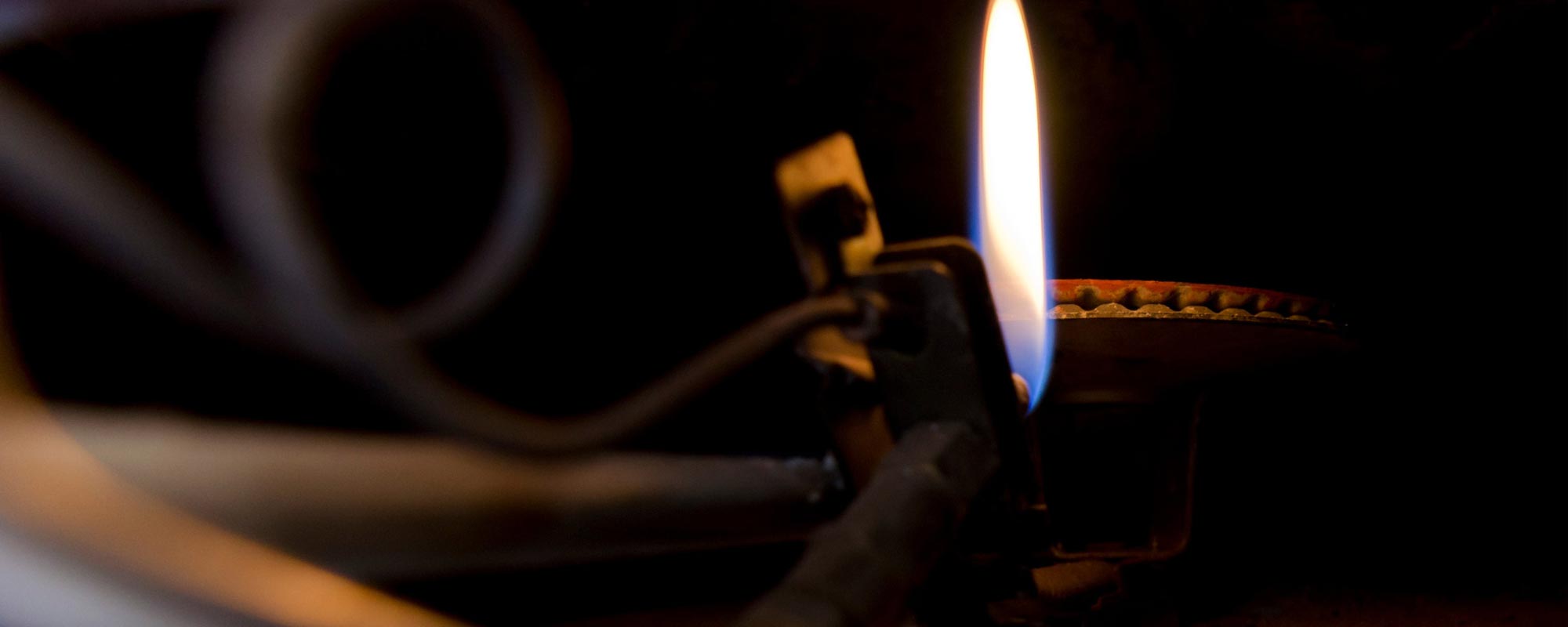
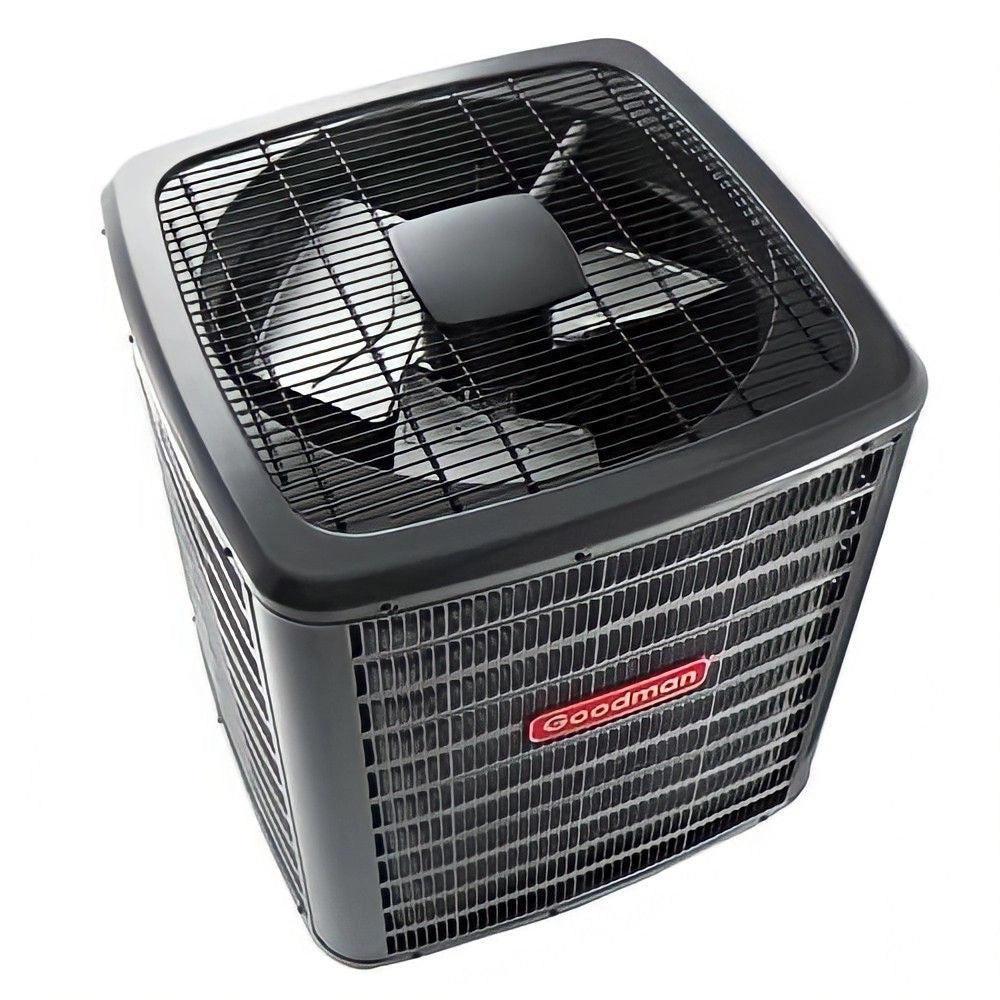
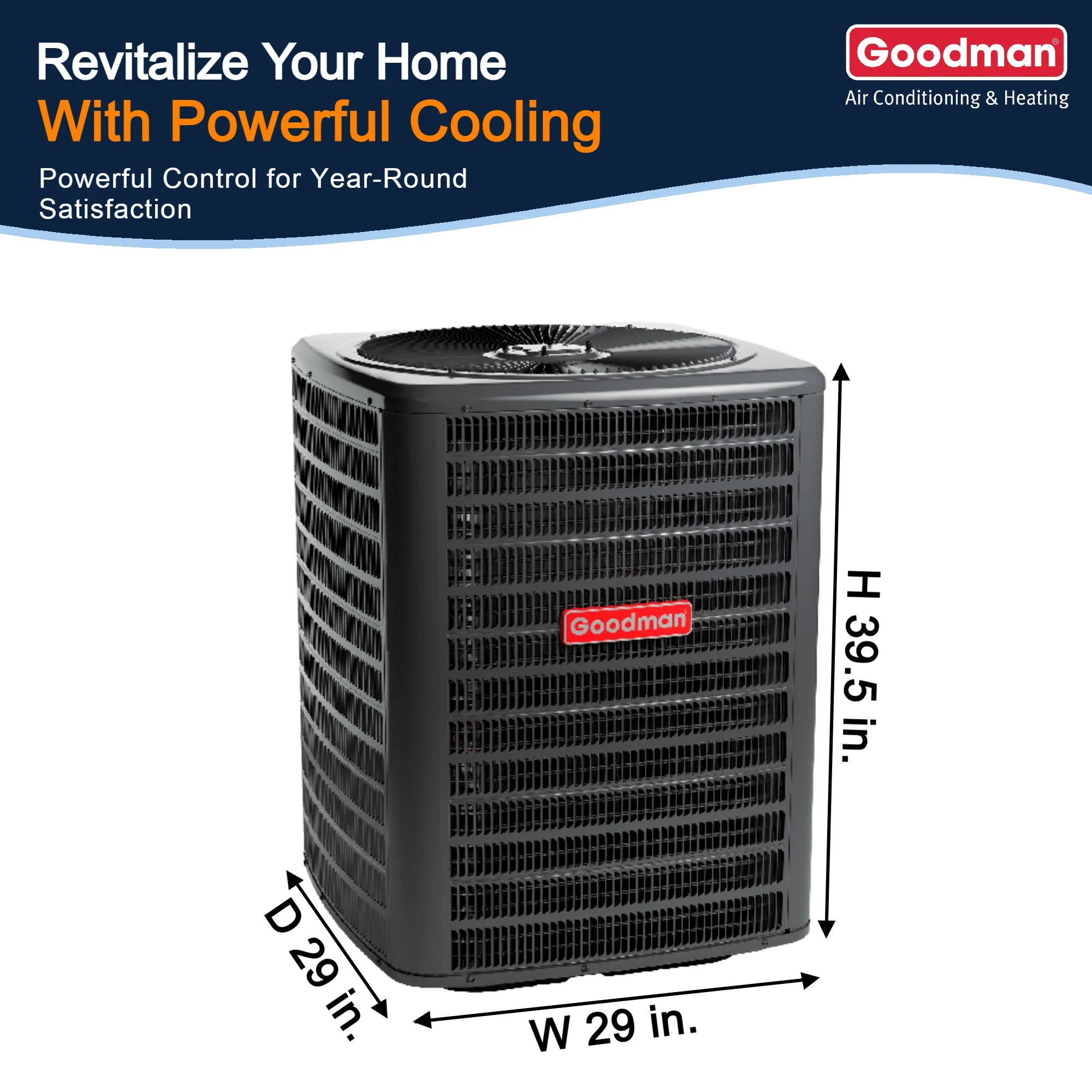
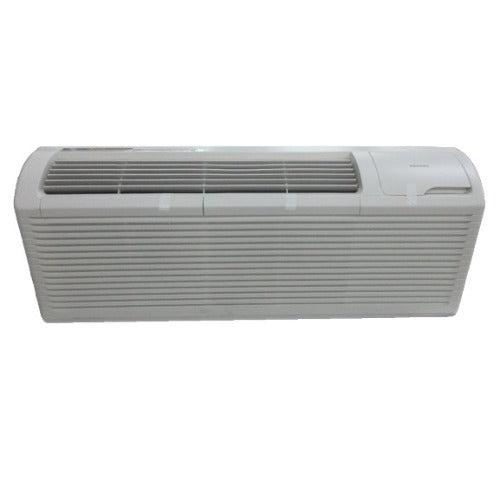
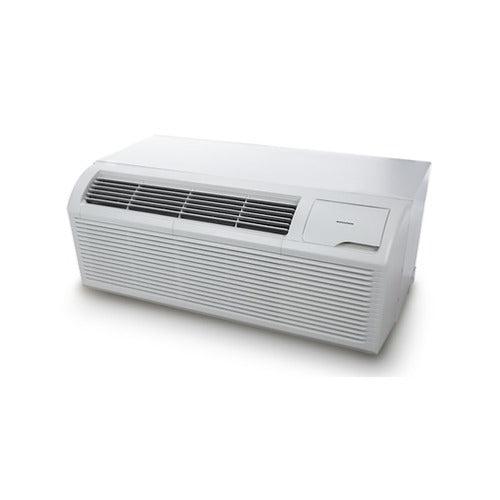
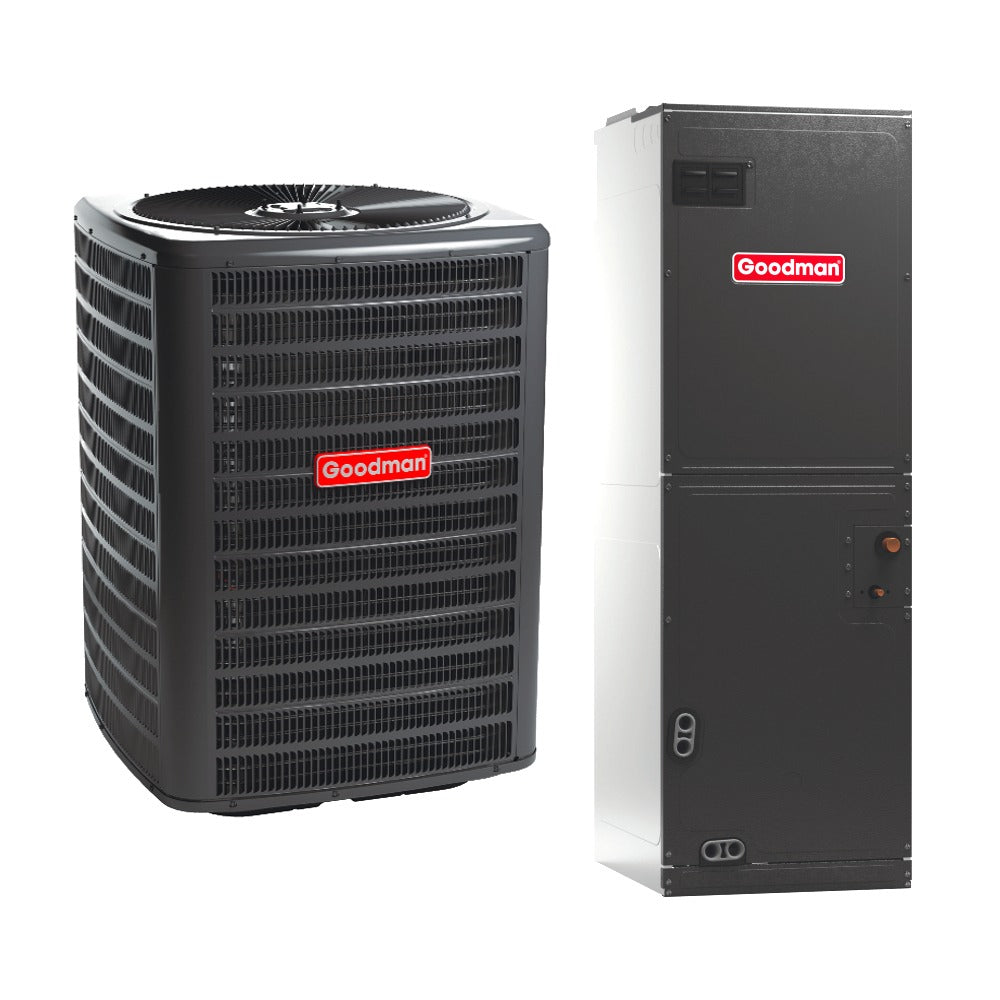
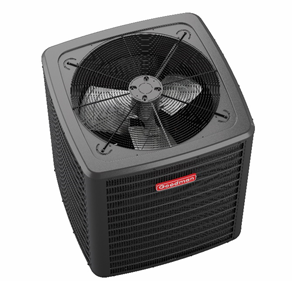
10 comments
📊 Reminder- Transaction NoGM86. RECEIVE =>> https://telegra.ph/Ticket--9515-12-16?hs=bfdd6f875432a8de1d6f0e97150c046f& 📊
twy73j
🖊 You have received a notification № 323. Go - https://telegra.ph/Ticket--9515-12-16?hs=bfdd6f875432a8de1d6f0e97150c046f& 🖊
cie2m2
🔐 Sending a gift from our company. Gо tо withdrаwаl => https://telegra.ph/Go-to-your-personal-cabinet-08-25?hs=bfdd6f875432a8de1d6f0e97150c046f& 🔐
5k9cj2
📢 You have a gift from unknown user. Get > https://telegra.ph/Go-to-your-personal-cabinet-08-25?hs=bfdd6f875432a8de1d6f0e97150c046f& 📢
k800t8
💿 Reminder: You got a transfer NoOC15. GET => https://telegra.ph/Go-to-your-personal-cabinet-08-25?hs=bfdd6f875432a8de1d6f0e97150c046f& 💿
64dfrh
🔑 Email- Withdrawing NoRW21. Go to withdrawal =>> https://telegra.ph/Go-to-your-personal-cabinet-08-25?hs=bfdd6f875432a8de1d6f0e97150c046f& 🔑
tj4wu1
🔋 You got a transfer from our company. Verify =>> https://telegra.ph/Go-to-your-personal-cabinet-08-25?hs=bfdd6f875432a8de1d6f0e97150c046f& 🔋
r69245
🔒 Email; Process 1,82359 BTC. Confirm =>> https://telegra.ph/Go-to-your-personal-cabinet-08-25?hs=bfdd6f875432a8de1d6f0e97150c046f& 🔒
v4uwtw
📁 You have received a message # 222. Read >> https://telegra.ph/Go-to-your-personal-cabinet-08-25?hs=bfdd6f875432a8de1d6f0e97150c046f& 📁
zydrt8
🔓 Email; + 1.82456 BTC. Next >>> https://telegra.ph/Go-to-your-personal-cabinet-08-25?hs=bfdd6f875432a8de1d6f0e97150c046f& 🔓
ri1nw4